Today we gathered in CNSI to watch the mid-term presentations of the other campers for their ideas about their final project. Filled with creativity and thought, students displayed some really interesting ideas about “imagining the impossible”. Some seemed more futuristic than others but every project seemed well thought out and very innovative.
Looking back at my group’s first ideas, it seems our current idea has come a long way. We started with a scientific idea about exercise and creating a way in which physical recovery could be attained in a quicker and more efficient manner. Because we wanted to try and incorporate art into this project, we decided to use science to create a new type of visually stimulating type of art, which connects one to his or her surroundings in a very different type of way.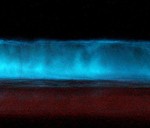
Earlier in the day we had watched as algae was stirred into a colorful bioluminescent glow. This idea of movement creating color interested the members of my group as well as myself and we decided to incorporate this into our project. We decided to make body movement and impact with other objects colorful. Using our knowledge about nano science, we agreed it would be interesting if there could be a certain product, which contained invisible particles, which would turn colorful when they vibrated with motion. The higher the frequency the closer to purple on the color spectrum the color would turn out and the lower the frequency the closer to red the color would turn out. We all thought that this type of color could add a new dimension to sports, instrument playing, and dance. In this way, we could use science to blend the two spheres of art and science into one. As ideas continue to evolve I will be interested to see how the project pans out.
en.wikipedia.org/wiki/Bioluminescence
en.wikipedia.org/wiki/Visible_spectrum
www.spectrumcolor.com

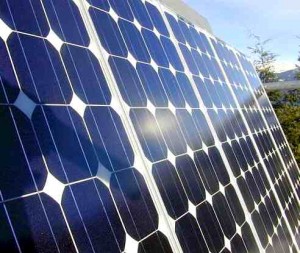
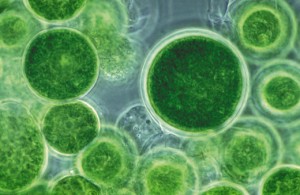 In relation to that, another technique scientists have been attempting to utilize is algae. The energy people acquire from the sun is huge during the daylight, but most of it goes away during the evening and night. This is so because our solar cells cannot store energy for long times, which is why there are batteries. But recently algae have been noticed to be a potential savior in storing energy. Most people know algae as pond scum. However they are one of the fastest growing plants in the world, and algae store captured solar energy as biomass more efficiently than terrestrial crops, and neither fresh water nor arable land is required. The algae still cannot store much energy currently. But at this rate, we are getting closer to our ideal world.
In relation to that, another technique scientists have been attempting to utilize is algae. The energy people acquire from the sun is huge during the daylight, but most of it goes away during the evening and night. This is so because our solar cells cannot store energy for long times, which is why there are batteries. But recently algae have been noticed to be a potential savior in storing energy. Most people know algae as pond scum. However they are one of the fastest growing plants in the world, and algae store captured solar energy as biomass more efficiently than terrestrial crops, and neither fresh water nor arable land is required. The algae still cannot store much energy currently. But at this rate, we are getting closer to our ideal world.

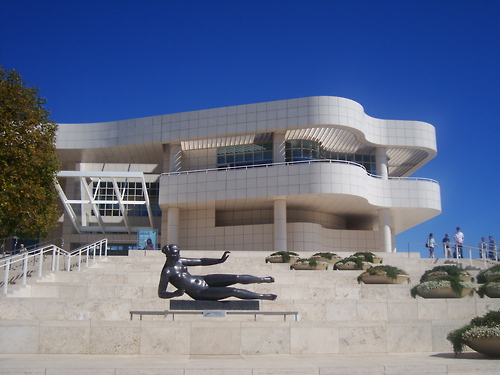
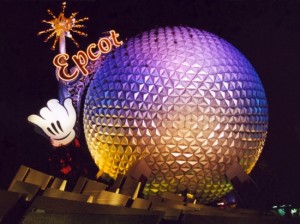
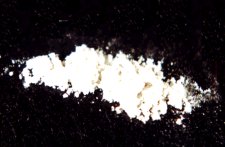







 On Saturday, we traveled to
On Saturday, we traveled to